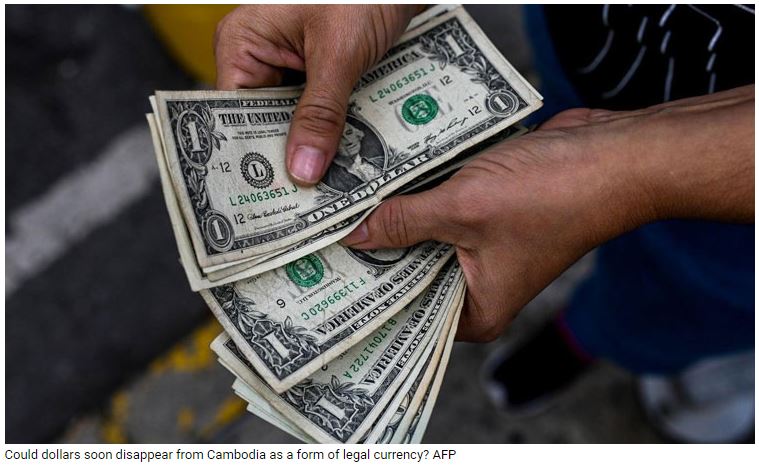Cambodia: The unknown variable in de-dollarisation
As the 40th anniversary for the reintroduction of the riel approaches, Khmer Times has interviewed numerous Cambodians from all walks of life and all parts of the Kingdom to gauge feeling about the move. We have asked many different questions and received many different answers, but the one response that has remained consistent from all we spoke to was, “We should use Khmer riels, our national currency, because we are Cambodians.”
While this may be the anecdotal response, determining the genuine public sentiment for de-dollarisation or “strategy for the promotion of the use of local currency,” has been hard to quantify. This has also been true for the Kingdom’s economic analysts and monetary policymakers, including Director-General of Central Banking at the National Bank of Cambodia (NBC) Chea Serey. She was quoted as saying, “We have done surveys and generally, people say they want to participate in the use of the local currency and they don’t mind accepting the local currency as payment.
“The only thing that I worry about is what you say and what you do may not be consistent. This is something that we need, as policymakers, to be cautious [about], because we can’t leave everything to what people say.”
Although it is not just the sentiment of the local people that the central bank needs to accurately assess, it is also the foreign companies that choose to invest in Cambodia. These are companies that injected more than $3.5 billion of vital foreign direct investment (FDI) last year alone, according to an NBC report.
This is because unlike locals that are forced to earn and spend in the currency determined by their central bank, foreign companies have the choice to invest or even pull out funds if they are unsatisfied or unconfident with the changing market conditions.
The 2008 Asian Development Bank’s report, Cambodia’s Persistent Dollarisation: Causes and Policy Options, outlined some of the potential issues, stating, “Dollarisation is not the problem but is merely the symptom. The problem [or the cause] is a lack of confidence in the riel, while the symptom [or the effect] is the use of another currency such as the US dollar.”
In addition, the report continued, “The causes of the problem emanate from an underdeveloped monetary system, political and economic uncertainty and weak legal and institutional structures. These are the problems that need to be addressed directly. When these problems are addressed, then the symptom, which is dollarisation, will also cease to be a constraint.”
While Cambodia has addressed many of these concerns and come a long way since then, maintaining this improved confidence and stability in the system will be the highest priority.
Whichever monetary policies the Cambodian central bank decides to implement, as with any hard decision, will come with both positive and negative consequences.
Therefore, ensuring these policies are consistent with both Cambodian and foreign direct investor sentiment will be imperative to ensure the continued success of the choices made.
Source: https://www.khmertimeskh.com/50704629/the-unknown-variable-in-de-dollarisation/


 English
English




